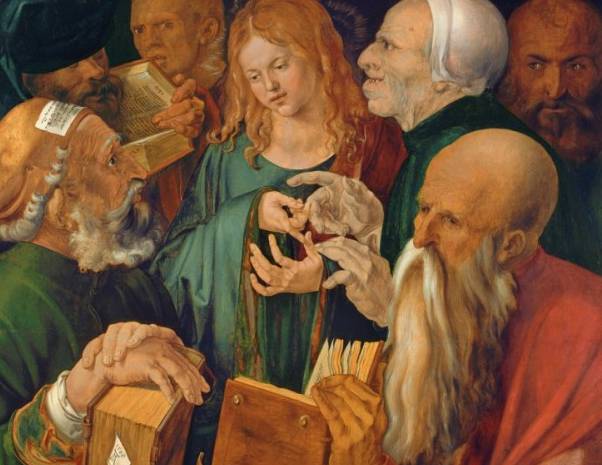
To coincide with the celebrations of its 20th Anniversary, the Museo Thyssen-Bornemisza (Madrid, Spain) has launched a range of activities and programmes that mark this important date. The museum shows the second in this series, entitled Faces and Hands: Old Master and Modern German Painting, which juxtaposes the Germanic Renaissance tradition with the Expressionism and New Objectivity that arose in Germany after World War I.
A close look at the group of works to be seen in this new installation will allow visitors to appreciate the influence that the German Old Masters had on painters such as Otto Dix and Max Beckmann in the early 20th century.
Despite the distance in time, it is possible to observe their technical and theoretical affinities in aspects such as the similarity of the representational formats, an interest in detail and realism, and a determination to convey the personality and psychology of the sitters through their faces and hands. The latter attract the viewer’s attention, on occasions filling the entire pictorial surface, as in Christ among the Doctors, one of the Collection’s masterpieces, in which Dürer intensified the composition’s expressivity through facial gestures that border on the grotesque.
Again, the face and hand of Beckmann in his Self-portrait or those of Max Schmidt in his portrait by Oskar Kokoschka become the centre of attention and play a key role in conveying the sitters’ inner natures. The work of Otto Dix, a key figure within the New Objectivity movement, also reflects the clear influence of the Germanic pictorial tradition and he revived the techniques of panel painting and of glazes used by the Renaissance masters.
The compositional structure of Dix’s works also reveals close affinities with those used by the Renaissance masters, with the human figure standing out against ample curtains and a background of graduated tones of blue, as, for example, in Hugo Erfurth with his Dog, a compositional format also to be found in Portrait of Ruprecht Stüpf by Barthel Beham (1528).
Dates: from May 22 to September 2.
Location: Museo Thyssen-Bornemisza, Paseo del Prado 8, Madrid. Spain.
Opening hours: from Tuesday to Sunday from 10am to 7pm; from 12 June, Mondays and Sundays from 10am to 7pm and from Tuesdays to Saturdays until 11pm.
Enjoy more artworks in the following slideshow:
